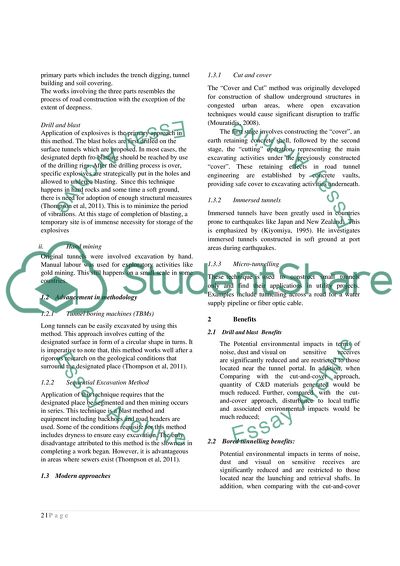Cite this document
(Techniques for Roadway Tunnelling Coursework Example | Topics and Well Written Essays - 1250 words, n.d.)
Techniques for Roadway Tunnelling Coursework Example | Topics and Well Written Essays - 1250 words. https://studentshare.org/engineering-and-construction/1871758-techniques-for-roadway-tunnelling
Techniques for Roadway Tunnelling Coursework Example | Topics and Well Written Essays - 1250 words. https://studentshare.org/engineering-and-construction/1871758-techniques-for-roadway-tunnelling
(Techniques for Roadway Tunnelling Coursework Example | Topics and Well Written Essays - 1250 Words)
Techniques for Roadway Tunnelling Coursework Example | Topics and Well Written Essays - 1250 Words. https://studentshare.org/engineering-and-construction/1871758-techniques-for-roadway-tunnelling.
Techniques for Roadway Tunnelling Coursework Example | Topics and Well Written Essays - 1250 Words. https://studentshare.org/engineering-and-construction/1871758-techniques-for-roadway-tunnelling.
“Techniques for Roadway Tunnelling Coursework Example | Topics and Well Written Essays - 1250 Words”. https://studentshare.org/engineering-and-construction/1871758-techniques-for-roadway-tunnelling.


